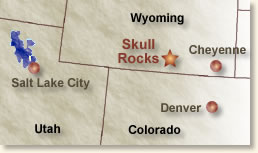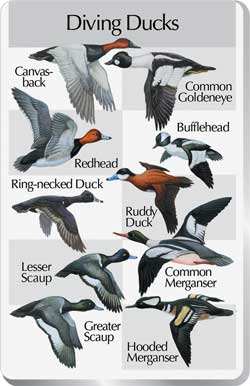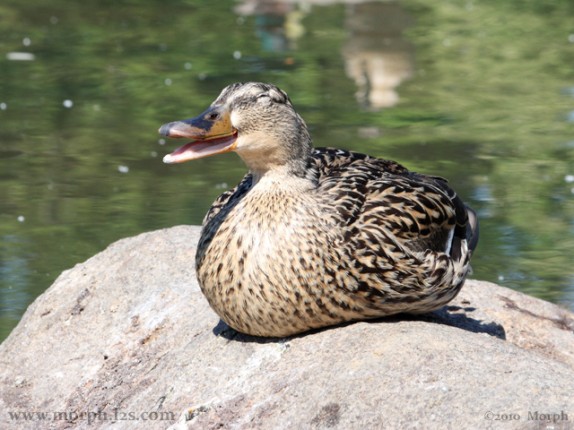In a wide-ranging interview with The New Republic, the Arizona Republican reflected on how Fox News has covered the immigration debate.
McCain said, "If you watch Fox, there are all these segments on immigrants and crime and so on, and people get riled up, and then they want reform. It's a difficult dynamic in the party. I think that Fox News is a bit schizophrenic. I saw a guy on 'Hannity,' maybe 'Huckabee,' and the guy said, 'You know, the Chinese are coming across our border, and they are going to commit cyber-attacks.'…Honest to God," McCain said.
First, let's talk about Fox News.
Simply put, if a "news agency." It gives us different angles to look at, that's not "schizophrenic" - that's being "fair and balanced."
And while not every so-called political contributor is the sharpest tool in the shed, Fox News is not being the political arm of any political party.
That my friends is being an "impartial news agency." Yes, that is being something that ABC, CBS, NBC, MSNBC, and CNN cannot attest to being.
And to say, schizophrenic? Really, is that what he thinks a news agency is when a news agency gives ALL of the facts from many different aspects - even controversial ones?
While I would love for Fox News to be only a Conservative news outlet, I know they are not.
But, at the same time, I really believe that Fox News is the closest thing that Americans have to a "fair and balanced" news agency.
As for schizophrenic, is this simply a matter of Republican-In-Name-Only Senator McCain just relating what he sees in the mirror?
Schizophrenia is a mental disorder characterized by a breakdown of thought processes and by a deficit of typical emotional responses.
Common symptoms include auditory hallucinations, paranoid or bizarre delusions, or disorganized speech and thinking, and it is accompanied by significant social or occupational dysfunction.
Look at his voting record, where he stands on issues, who he has traditionally allied himself with, who his sponsored legislation has adversely effected, or the way he ran his pansy presidential bid, and one can accuse him of being both a liberal and schizophrenic.
In the same interview where he called Fox News schizophrenic, he said this regarding Hilary Clinton:
"She's a rock star. She has, maybe not glamour, but certainly the aura of someone widely regarded throughout the world."
Really? Regarded as what?
Regarded as the lady who got 4 Americans killed in Libya? Regarded as the lady partly responsible for selling out American businesses to China? Regarded as the person who simply passed the buck to John Kerry regarding the Keystone XL pipeline? The lady, who with that decision, kissed the ass of the environmentalists and halted the prospect of needed jobs to Americans?
That "rock star"?
McCain didn't stop with calling Hillary Clinton a "rock star." He went on to say that he might cast a ballot for Democrat ultra-liberal Hillary Clinton if she faces Kentucky Republican Senator Rand Paul in a 2016 presidential match-up?
When the New Republic asked McCain, "When Hillary Clinton versus Rand Paul occurs in 2016, I guess you are going to have to decide who to vote for, huh?”
McCain's response was "It’s gonna be a tough choice!"
McCain and Paul have often found themselves on opposing sides when it comes to national security and foreign policy issues.
Earlier this year, McCain even went as far as calling other Republicans Rand Paul, Ted Cruz of Texas, and Rep. Justin Amash of Michigan, "wacko birds," for which he later apologized.
"They were elected, nobody believes that there was a corrupt election, anything else," McCain said then in an interview with the Huffington Post. "But I also think that when, you know, it’s always the wacko birds on the right and left that get the media megaphone."
Class act, huh?
McCain and Hillary Clinton served together in the Senate and have had a close working relationship.
And though McCain recently became slightly critical of Hillary Clinton’s involvement in the handling of the attacks in Benghazi, Libya, less than a year ago, when asked about her role as U.S. Secretary of State, McCain had the nerve to say "She did a fine job."
Dear God, I'd hate to see what he considered a rotten screwed up job.
And talk about schizophrenic, does saying "she did a fine job" make sense after McCain told the New Republic, "I do think it is interesting that the issues where John Kerry is engaging is where Hillary Clinton did not engage in, that those decisions were left to the White House and the National Security Council."
In other words, as the United States Secretary of State, the head of our State Department, Hillary Clinton did nothing when it came to political hot potatoes that she simply did not want to touch.
McCain weighed in on one the influence of the Tea Party in Congress, saying he's concerned about the impact its members are having on the ability of Republicans to get things done.
He said the Tea Party group "sometimes doesn't want to take up a bill and at other times blocks a bill because they can't get all the amendments they want."
OK, so let's address this right here and now.
When the Tea Party wanted backing from the Republican Party. They did not get it.
The Republican Party acted as if the Tea Party was a flash in the pan and seemed as though it couldn't be bothered.
Once the Republican Party heads saw that is was indeed a grass-roots effort to get out the vote and look at our irresponsible fiscal policies, the Republicans acted as though they were one and the same.
The Tea Party, the last time I checked, is not an arm of the Republican Party.
The Tea Party is there to hold politicians accountable for their actions - Republicans and Democrats.
By saying he's concerned that the Tea Party is getting in the way of Republicans to get anything done, what he's really saying is that the Tea Party group is probably seeing things that shouldn't be done and have become a pain in the ass.
A pain in the ass to politicians means they get stopped from conducting business as usual.
Founded by anti-slavery activists in 1854, Republicans known as "radical Republicans" dominated politics nationally for most of the period.
They were labeled "radicals" by Democrat slave owners because Republicans wanted all people to live free.
Currently the Republican Party's platform is based upon American Conservatism, in contrast to the Democratic Party, whose members endorse Liberal policies.
American Conservatism of the Republican Party is not wholly based upon rejection of the political ideology of liberalism.
In fact, some principles of American conservatism are actually based upon the "classical" definition of liberalism. The ideas of liberty and freedom for all.
But the difference is this, the Republican Party's Conservatism is largely based upon its support of "classical principles" against that of "modern liberalism" of the Democratic Party.
Modern liberalism is socialism, surrendering perosnal liberty and our fundamental freedoms - and handing over all power to the government. It's about enslaving people.
That is what is considered American liberalism in contemporary American political discourse.
Maybe, just maybe, the Tea Party is stopping the Republicans from acting stupid and selling themselves and their party out by giving in to the Democrats and the ills of modern liberalism?
Has Senator John McCain thought of that?
The problem with the Republican Party is that it does not understand that they are in charge of the House of Representatives and can overturn a lot of the over-regulation and stop the spending by the Obama administration.
I really believe that because the Republican Party spent so many years playing second fiddle to the Democrat Party - that they simply don't understand the position that they are in.
The threat to America is that liberals like John McCain and the Democrat Party, which he really should be a recognized member of, understands the leadership role and their power and authority once back in control.
The threat to America is 10 fold if the Democrats take control of the full Congress in 2014. If they do, then only God knows what they will try to get away with.
The IRS, the NSA, the EPA scandals will all be swept under the rug, and they will change our nation as never seen before.
Of course, Senator John McCain might just see that as a good thing.
Who knows what he thinks? After all, he might just be schizophrenic?
Story by Tom Correa













